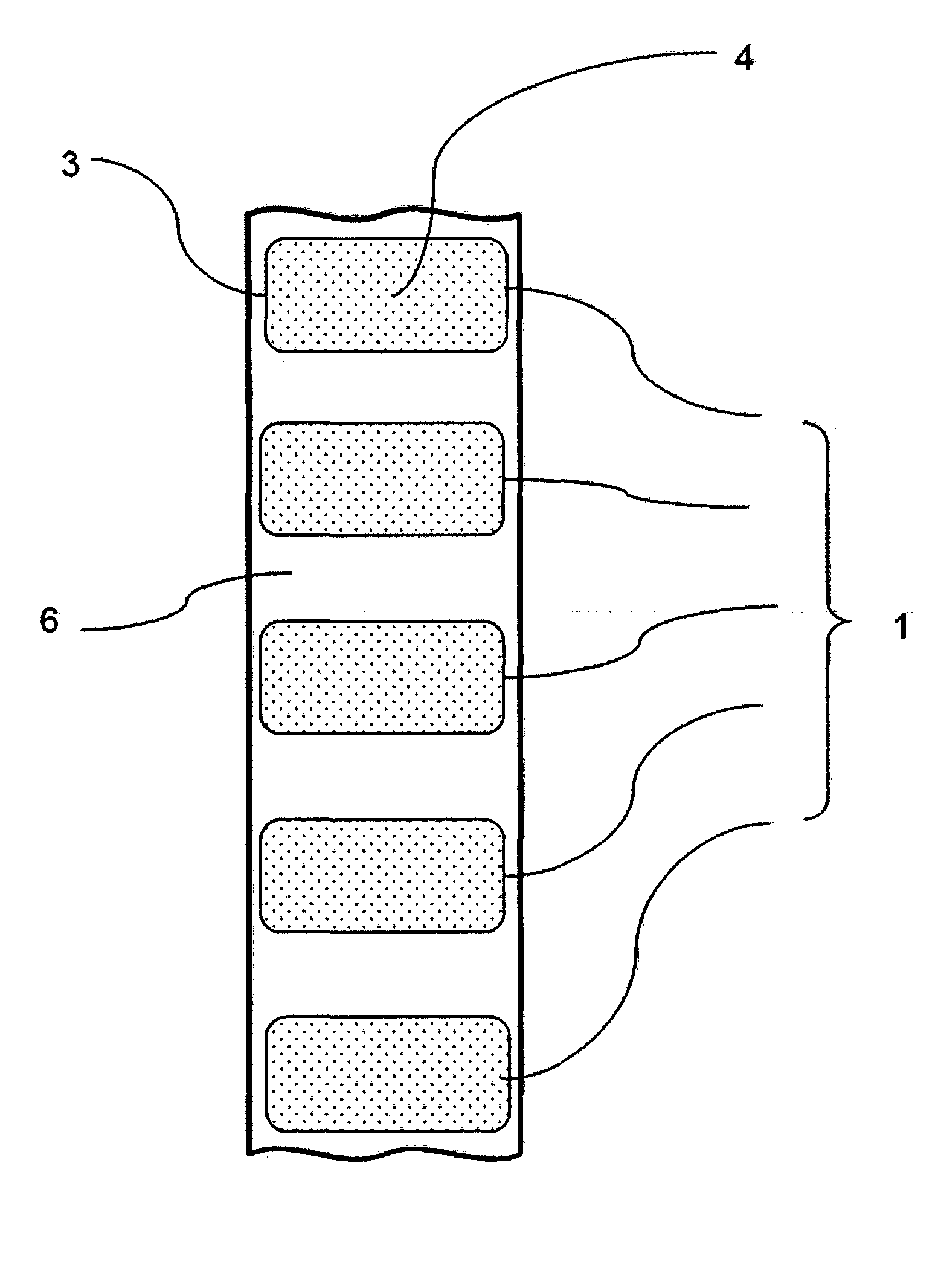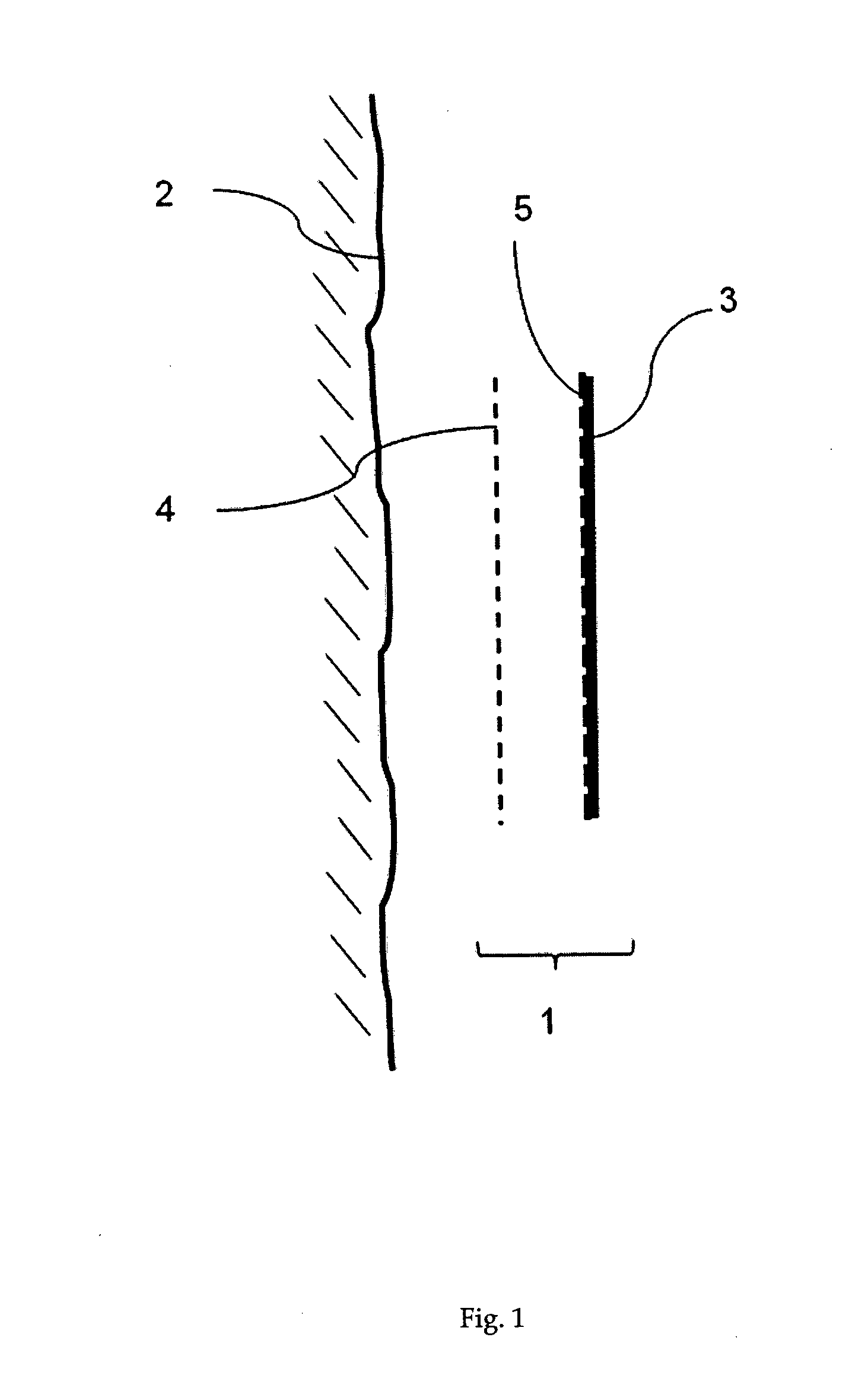Electrode sensor kit, electrode assembly, and topical preparation for establishing electrical contact with skin, use thereof, and method of electro-impedance tomography (EIT) imaging using these
a technology of electrodes and electrode assemblies, which is applied in the field of electrode sensor kits, electrode assembly, and topical preparation for establishing electrical contact with skin, and uses thereof, can solve the problems of not only physical irritation or even breakdown of skin, but also of underlying tissues, and inability to use relative eit in clinical practice, so as to improve the electrical patient interface for electrical impedance tomography, and reduce the effect of electrical contact impedan
- Summary
- Abstract
- Description
- Claims
- Application Information
AI Technical Summary
Benefits of technology
Problems solved by technology
Method used
Image
Examples
examples
[0131]Below presented experimental setup comprehends the general framework to determine the conductance (or resistance) of a material, e.g. such as a fluid, a gel, or a cream.
[0132]Small plastic cubes / cuboids (7) of 1 cm3 or 2 cm3 (see FIG. 3) were filled with preparations according to present invention. Copper electrodes (8, 8′) of 1 cm2 were arranged to have a volume of 1 cm3 or 2 cm3 of preparation in between them at an electrode distance (9) of 1 cm or 2 cm, respectively. The resistance was measured with the programmable LCR—Bridge HM8118, by Hameg Instruments GmbH, Industriestrasse 6, D-63533 Mainhausen, Germany, at frequencies of 200 kHz, 100 kHz, or 50 kHz.
[0133]Tested preparations according to present invention comprise compositions within the following range of example 1, see table below. Desired compositions comprise values within the closer range presented in the third column of the table below.
Example 1desired range of example 1(in weight percentage)(in weight percentage...
PUM
| Property | Measurement | Unit |
|---|---|---|
| conductivity | aaaaa | aaaaa |
| weight percent | aaaaa | aaaaa |
| weight percent | aaaaa | aaaaa |
Abstract
Description
Claims
Application Information
 Login to View More
Login to View More - R&D
- Intellectual Property
- Life Sciences
- Materials
- Tech Scout
- Unparalleled Data Quality
- Higher Quality Content
- 60% Fewer Hallucinations
Browse by: Latest US Patents, China's latest patents, Technical Efficacy Thesaurus, Application Domain, Technology Topic, Popular Technical Reports.
© 2025 PatSnap. All rights reserved.Legal|Privacy policy|Modern Slavery Act Transparency Statement|Sitemap|About US| Contact US: help@patsnap.com



